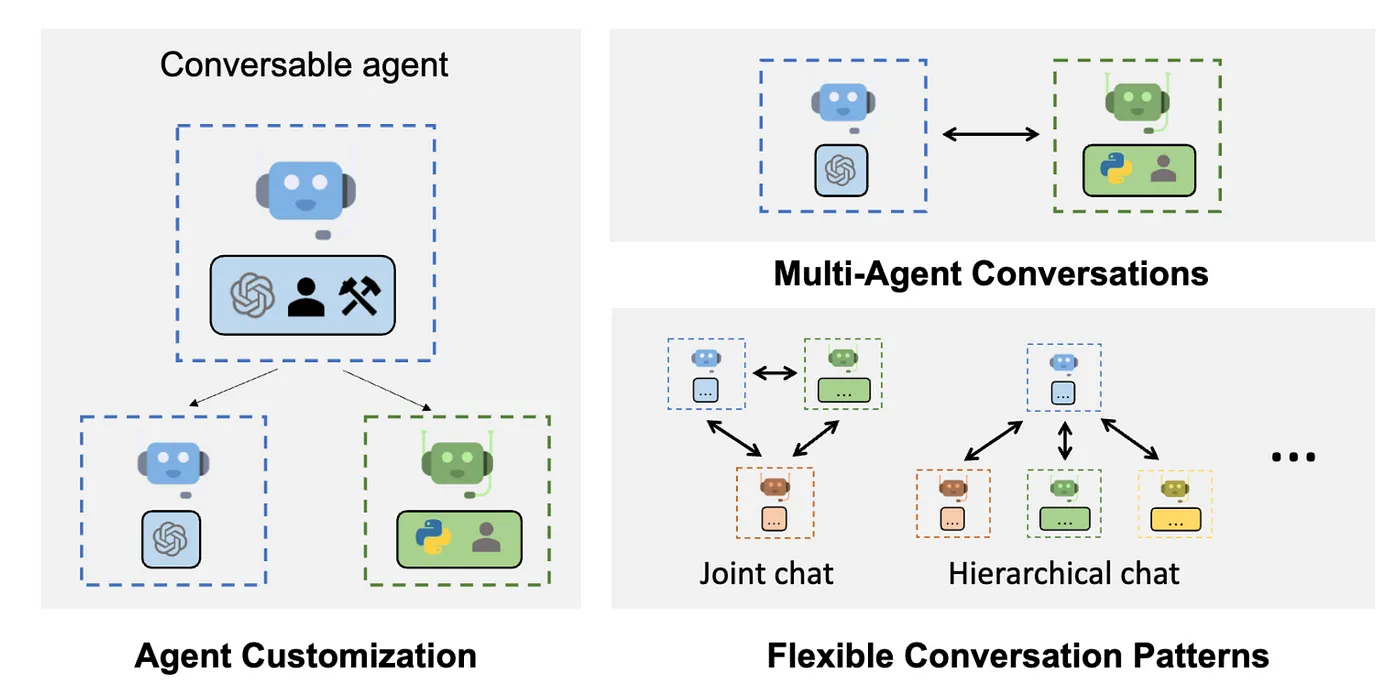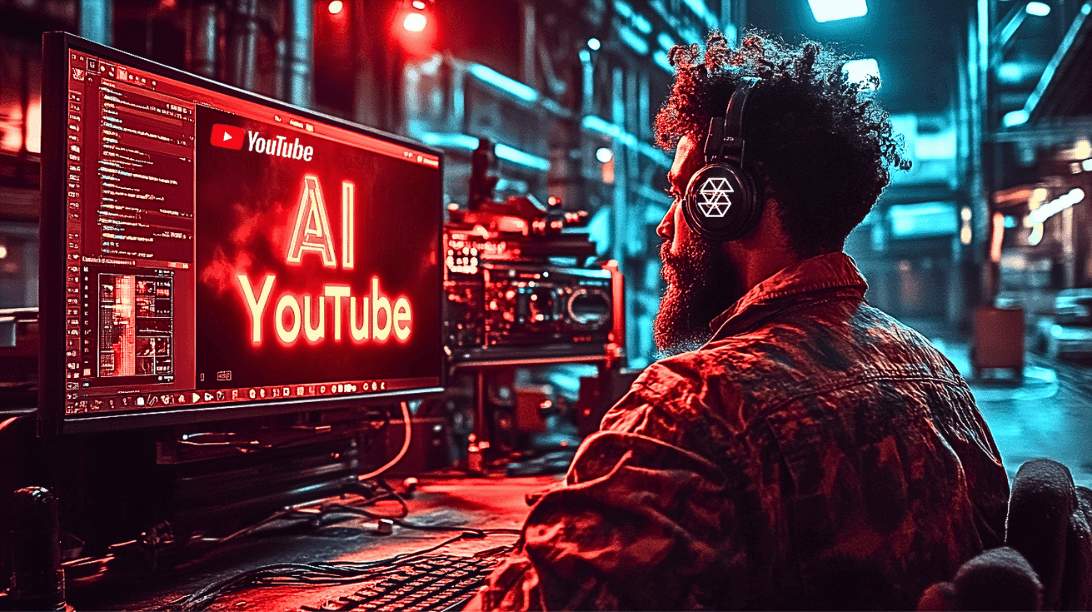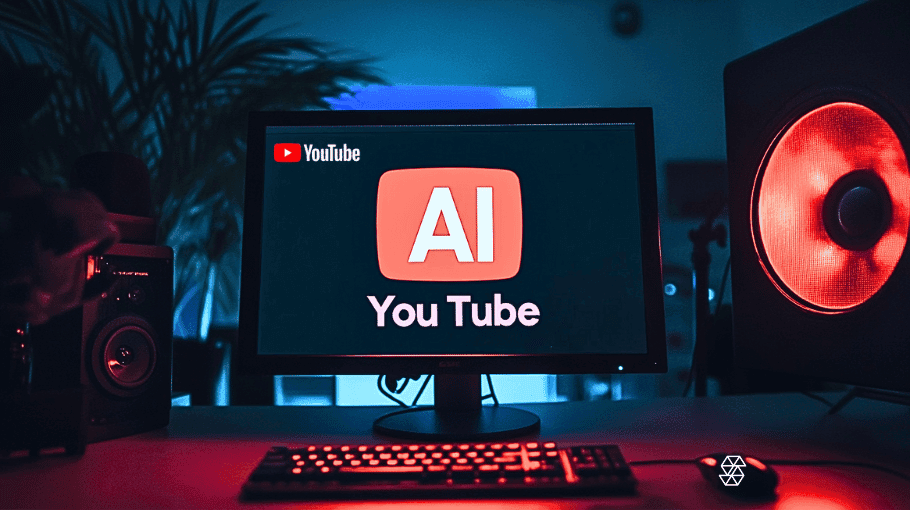AI 에이전트 생성을 위해 AutoGen과 crewAI 중 선택하는 방법
인공지능 분야는 최근 몇 년 동안 괄목할 만한 발전을 이루었으며, 특히 인공지능 에이전트 개발에서 괄목할 만한 발전을 이루었습니다. 이러한 지능형 엔티티는 자율적으로 작업을 수행하고, 결정을 내리고, 사용자 또는 다른 시스템과 상호 작용하도록 설계되었습니다. 보다 정교한 AI 솔루션에 대한 수요가 증가함에 따라 여러 에이전트가 함께 작업할 수 있는 프레임워크가 주목받고 있습니다.
이 분야에서 눈에 띄는 두 가지 플레이어는 다음과 같습니다. 자동 생성 및 crewAI. 두 플랫폼 모두 AI 에이전트를 만드는 데 고유한 접근 방식을 제공하지만, 서로 다른 사용자 요구 사항을 충족하고 뚜렷한 특징을 가지고 있습니다. Microsoft의 오픈 소스 프레임워크인 AutoGen은 여러 대화 에이전트를 사용하여 LLM 애플리케이션을 개발할 수 있도록 지원합니다. 반면에 크루AI는 작업을 자동화하기 위해 협업하는 역할 수행형 자율 AI 에이전트를 오케스트레이션하기 위해 설계된 플랫폼입니다.
자동 생성 및 크루AI 이해
AutoGen: Microsoft의 오픈 소스 프레임워크
AutoGen은 개발자에게 정교한 멀티 에이전트 시스템을 구축할 수 있는 도구를 제공하는 강력한 오픈 소스 프레임워크입니다. 사용자 지정 및 대화 가능한 에이전트를 통해 다양한 대화 패턴을 지원하며 다음과 같은 기능을 제공합니다. 통합 대규모 언어 모델(LLM), 도구, 사람 입력을 지원합니다. AutoGen의 유연성을 통해 복잡한 워크플로와 문제 해결 시나리오를 생성할 수 있으므로 AI 에이전트 기능의 한계를 뛰어넘고자 하는 개발자와 연구자에게 특히 매력적입니다.

crewAI: AI 에이전트 오케스트레이션을 위한 플랫폼
CrewAI는 다른 접근 방식을 취하여 AI 에이전트를 생성하고 관리하기 위한 보다 구조화된 플랫폼을 제공합니다. 사용자는 특정 역할, 목표, 배경 스토리를 가진 에이전트를 정의할 수 있어 작업 자동화에 대한 롤플레잉 접근 방식을 용이하게 합니다. CrewAI의 직관적인 인터페이스를 통해 사용자는 에이전트 상호 작용을 설계하고, 작업을 할당하고, 이러한 AI 크루의 실행을 모니터링하기가 더 쉬워집니다. 다음을 기반으로 구축 LangChain크루AI는 풍부한 도구 및 통합 에코시스템을 활용하므로 기술 전문 지식이 없는 비즈니스 사용자를 포함한 더 많은 사람들이 이용할 수 있습니다.

주요 기능 비교
상담원 사용자 지정 및 유연성
AutoGen은 광범위한 사용자 지정 옵션을 제공하는 데 탁월합니다. 오픈 소스 프레임워크로서 개발자가 에이전트 정의를 완벽하게 제어할 수 있습니다, LLM 통합를 사용하여 대화 흐름을 제어할 수 있습니다. 이러한 수준의 유연성은 특정 작업이나 도메인에 맞춘 고도로 전문화된 상담원을 만드는 데 이상적입니다.
CrewAI는 덜 낮은 수준의 사용자 지정 기능을 제공하지만 역할과 목표가 정의된 상담원을 설계할 수 있는 사용자 친화적인 인터페이스를 제공합니다. 이러한 접근 방식은 다양한 업무를 처리할 수 있는 다양한 상담원 팀을 만드는 프로세스를 간소화합니다.
코드 실행 기능
AutoGen의 뛰어난 기능 중 하나는 컨테이너화된 코드 실행 기능입니다. 이를 통해 상담원은 데이터 분석이나 복잡한 계산이 수반되는 작업에 필수적인 LLM 생성 코드를 안전하게 실행할 수 있습니다. 또한 이 프레임워크는 피드백 주기를 구현하여 문제가 발생했을 때 에이전트가 협업하여 해결책을 찾을 수 있도록 지원합니다.
CrewAI는 다음과 통합됩니다. LangChain 도구 LLM 생성 코드를 실행하기 위한 Python REPL 및 Bearly 코드 인터프리터와 같은 도구가 있습니다. AutoGen의 컨테이너화된 접근 방식만큼 강력하지는 않지만 여전히 많은 사용 사례에 유용한 코드 실행 기능을 제공합니다.
자연어 처리 통합
두 플랫폼 모두 고급 자연어 처리 기능을 활용하지만 접근 방식은 다릅니다. AutoGen은 다양한 LLM과의 긴밀한 통합을 지원하므로 개발자가 필요에 가장 적합한 모델을 선택하고 미세 조정할 수 있는 유연성을 제공합니다.
LangChain을 기반으로 구축된 CrewAI는 자연어 처리에 대한 보다 간소화된 접근 방식을 제공합니다. 일반적인 NLP 작업을 위한 즉시 사용 가능한 솔루션을 제공하여 사용자가 광범위한 기술 지식 없이도 언어 이해 및 생성 기능을 쉽게 구현할 수 있도록 합니다.
사용자 인터페이스 및 접근성
이러한 플랫폼의 사용자 인터페이스와 접근성은 가장 큰 차이점 중 하나입니다. 오토젠은 오픈 소스 파이썬 프레임워크이기 때문에 높은 수준의 기술 전문 지식이 필요합니다. 개발자는 주로 코드를 통해 프레임워크와 상호 작용하므로 유연성이 뛰어나지만 학습 곡선이 가파르다는 단점이 있습니다.
반면에 CrewAI는 보다 직관적이고 사용자 친화적인 인터페이스를 제공합니다. 에이전트 생성, 작업 할당, 워크플로우 관리를 위한 시각적 도구가 제공되므로 코딩 경험이 부족한 비즈니스 사용자를 포함한 더 많은 사람들이 이용할 수 있습니다. 이러한 사용 편의성 덕분에 크루AI는 다양한 비즈니스 상황에서 AI 에이전트 시스템을 신속하게 프로토타이핑하고 구현하는 데 특히 적합합니다.
사용 사례 및 애플리케이션
자동 생성으로 복잡한 문제 해결
AutoGen은 정교한 문제 해결 기능이 필요한 시나리오에서 빛을 발합니다. 멀티 에이전트 프레임워크는 복잡한 작업을 관리 가능한 구성 요소로 세분화하여 각각 전문 에이전트가 처리하는 데 탁월합니다. 예를 들어, 과학 연구에서 한 에이전트는 데이터 분석에, 다른 에이전트는 가설 생성에, 세 번째 에이전트는 실험 설계에 집중할 수 있습니다. AutoGen의 코드 실행 기능을 통해 이러한 에이전트는 시뮬레이션을 실행하거나 대규모 데이터 세트를 처리할 수 있으므로 복잡한 계산이 일반적인 생물 정보학이나 기후 모델링과 같은 분야에 이상적입니다.
크루AI를 통한 워크플로 자동화
CrewAI의 강점은 비즈니스 워크플로우를 간소화하고 자동화하는 기능에 있습니다. 직관적인 인터페이스를 통해 사용자는 여러 부서에서 다양한 업무를 처리할 수 있는 AI 에이전트 크루를 설계할 수 있습니다. 예를 들어 마케팅의 경우 한 상담원은 시장 동향을 분석하고, 다른 상담원은 콘텐츠 아이디어를 생성하며, 다른 상담원은 소셜 미디어 게시물을 예약할 수 있습니다. CrewAI의 사용자 친화적인 접근 방식은 기술 전문가가 아닌 팀도 AI 기반 자동화를 쉽게 구현하여 다양한 비즈니스 프로세스 전반에서 워크플로우 효율성을 향상시킬 수 있습니다.
콘텐츠 제작 및 관리
두 플랫폼 모두 콘텐츠 제작 및 관리에 있어 고유한 이점을 제공합니다. AutoGen의 유연한 아키텍처를 통해 정교한 콘텐츠 생성 시스템을 개발할 수 있습니다. 프로세스를 리서치, 개요 작성, 작성, 편집 단계로 세분화하여 각각 전문 에이전트가 관리함으로써 긴 형식의 콘텐츠 제작을 처리할 수 있습니다.
사용자 접근성에 중점을 둔 CrewAI는 특히 다양한 콘텐츠 제작 요구에 적합합니다. 시각적인 인터페이스를 통해 소셜 미디어 게시물, 제품 설명 또는 이메일 캠페인 생성 등의 작업을 위한 에이전트를 쉽게 설정할 수 있습니다. 또한 다양한 도구와의 통합으로 콘텐츠 배포 및 성과 추적도 용이합니다.
학습 곡선 및 기술 요구 사항
AutoGen은 개발자 중심적 특성으로 인해 학습 곡선이 가파릅니다. Python에 능숙하고 AI 개념과 LLM 아키텍처에 대한 이해가 필요합니다. 사용자는 에이전트를 정의하고, 상호작용을 설정하고, 외부 툴을 통합하기 위해 코딩에 익숙해야 합니다. 이러한 기술적 깊이는 뛰어난 유연성과 강력한 성능을 제공하지만 프로그래밍 배경 지식이 없는 사람에게는 어려울 수 있습니다.
CrewAI는 광범위한 코딩의 필요성을 줄여주는 사용자 친화적인 인터페이스를 제공하여 보다 접근하기 쉬운 접근 방식을 취합니다. 상담원 생성 및 작업 할당을 위한 시각적 도구를 통해 기술 전문 지식이 부족한 사용자도 쉽게 시작할 수 있습니다. 특히 고급 사용자 지정에는 일부 프로그래밍 지식이 여전히 유용하지만, 크루AI의 디자인 철학은 사용 편의성을 우선시하여 더 많은 사람들이 더 쉽게 접근할 수 있도록 합니다.
확장성 및 성능
AutoGen의 확장성은 Azure OpenAI Service와의 통합 기능으로 더욱 향상되었습니다. 이러한 통합을 통해 개발자는 대규모 에이전트 작업과 복잡한 LLM 워크플로를 처리하기 위해 클라우드 리소스를 활용할 수 있습니다. 또한 AutoGen은 오픈 소스이기 때문에 특정 프로젝트 요구 사항에 따라 최적화 및 확장할 수 있으므로 소규모 실험 설정부터 대규모 엔터프라이즈 애플리케이션에 이르기까지 모든 분야에 적합합니다.
CrewAI는 CrewAI+ 제품을 통해 프로덕션에 바로 사용할 수 있는 기능을 제공합니다. 여기에는 대규모로 AI 에이전트 시스템을 배포하고 관리하는 데 중요한 웹후크, gRPC 지원 및 세부 메트릭과 같은 기능이 포함됩니다. 에이전트 성능을 모니터링하고 최적화하기 위한 플랫폼의 기본 제공 도구를 사용하면 프로젝트가 성장함에 따라 효율성을 더욱 쉽게 유지할 수 있습니다. AutoGen과 같은 수준의 낮은 수준의 제어 기능을 제공하지는 않지만, crewAI의 접근 방식은 기업의 AI 에이전트 운영 확장 프로세스를 간소화합니다.
두 경우 모두 확장성과 성능을 위해 AutoGen과 crewAI 중 하나를 선택하는 것은 사용자 선호도와 기술 전문성에 따라 결정되는 경우가 많습니다. AutoGen은 이를 활용할 수 있는 기술력을 갖춘 사용자에게 더 많은 제어 및 사용자 지정 기능을 제공하는 반면, crewAI는 프로덕션 규모 배포를 위한 보다 간소화된 경로를 제공합니다.
AI 에이전트 플랫폼 선택하기
AutoGen과 crewAI 중 어떤 것을 선택할지는 궁극적으로 특정 요구 사항, 기술 전문성, 프로젝트 요구 사항에 따라 달라집니다. AutoGen은 다중 에이전트 시스템을 세밀하게 제어해야 하는 개발자와 연구원에게 탁월한 유연성과 사용자 지정 기능을 제공합니다. 코드 실행 기능과 Azure와의 통합을 통해 복잡하고 계산이 많은 작업에 이상적입니다.
반면에 크루AI는 기술적 배경 지식이 부족한 기업과 사용자에게 보다 접근하기 쉬운 플랫폼을 제공합니다. 사용자 친화적인 인터페이스와 워크플로 자동화에 중점을 두어 다양한 비즈니스 상황에서 AI 에이전트를 빠르게 배포하는 데 탁월한 선택입니다. 두 플랫폼 모두 AI 에이전트 개발의 한계를 뛰어넘어 정교하고 협업적인 AI 시스템을 구축할 수 있는 강력한 도구를 제공합니다. 인공지능 분야가 계속 발전함에 따라 AutoGen 및 crewAI와 같은 프레임워크는 지능형 자동화 및 문제 해결의 미래를 형성하는 데 중요한 역할을 할 것입니다.






